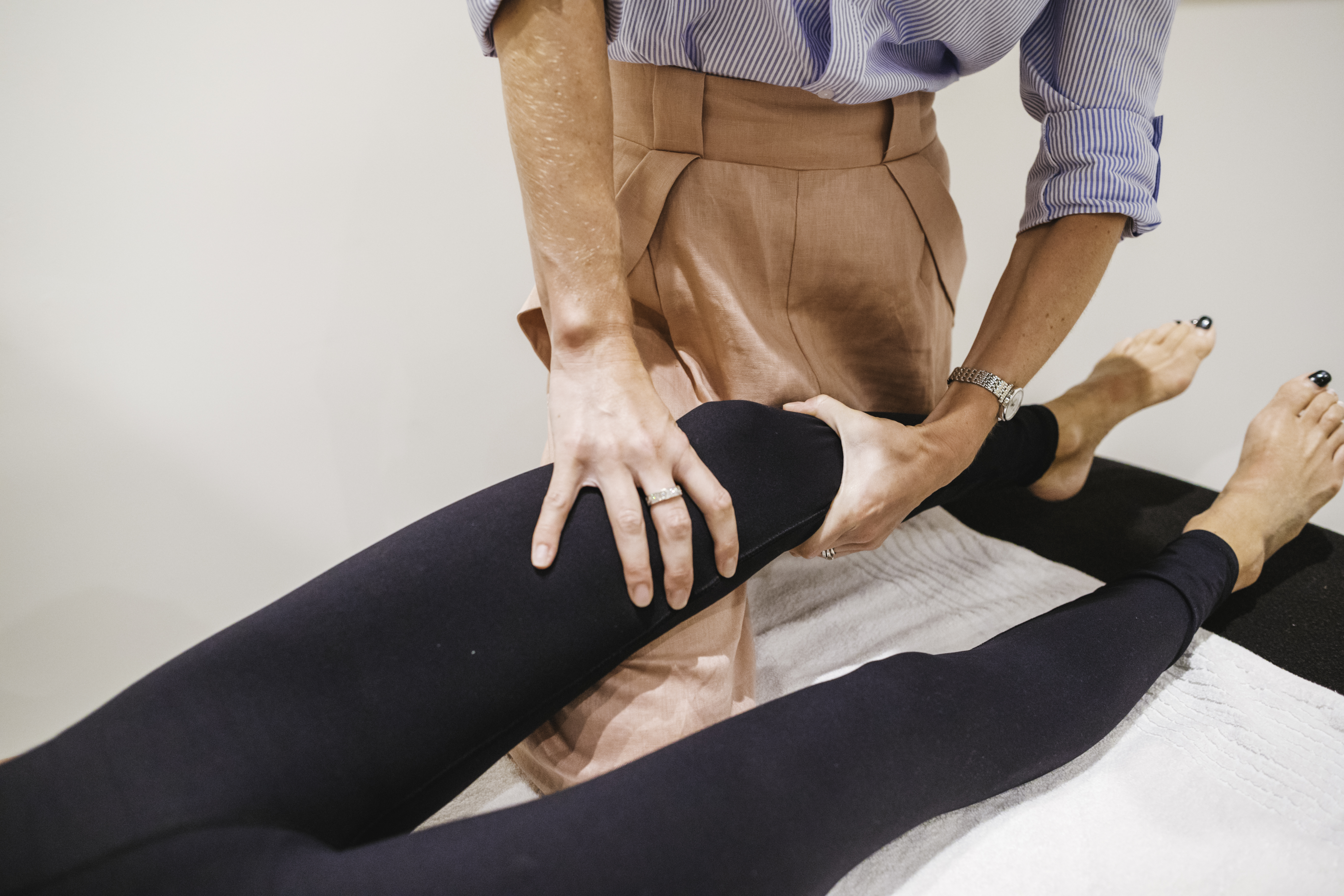
Foot pain and numbness are significant hindrances to the activities of daily life. As you rely on your feet to get you places and support your body, the development of foot tendonitis can really feel like a setback in your abilities. This is typically characterised by pain and weakness in the foot and/or ankle. It’s a sensation that is felt moving up and down the leg and ankle, usually worsening when walking or doing other activities. While tendonitis can develop anywhere, it is common in the ankle or foot, which is typically subjected to repetitive motion in the joint.
Encouraging recovery for the affected ankle can involve different treatments, physiotherapy being one of them. Learning more about this condition and how to treat it will allow you to gauge the appropriate steps for your health.
About Foot Tendonitis
As the name suggests, tendonitis affects the tendons in your body, which are the tough bands of connective tissue that attach your muscles to the bones. Some parts of the body are more prone to tendonitis than others, such as the Achilles tendon, posterior tibial tendon, peroneal tendon, and foot tendonitis.
Tendonitis Symptoms
Tendonitis can make itself apparent in several ways. It usually starts with aching in the foot, ankle, or both. Pain is usually felt on the inside or the back of the ankle and is sometimes accompanied by peculiar sensations or snapping sounds. Developing flat-footedness is also a sign that tendonitis might be affecting a patient. Those who have a thickness at their heels or near the bottom of the calves may be at risk for developing tendonitis.
Causes of Foot Tendonitis
Overusing your tendons is a sure way to develop tendonitis, so it is more common in individuals such as athletes since they perform the same motions repetitively. People with flat feet also tend to develop this condition.
Sometimes tendonitis can occur due to injury or other foot and ankle problems that have already caused damage, such as arthritis, dislocation, muscle tears, and other inflammatory conditions.
Diagnosis
Doctors will often begin their examination by interviewing you regarding your health history and the tendonitis. Afterwards, a physical examination usually takes place. Your doctor will gently press on the part of your ankle that might have any hardness or swelling from your tendons. Your doctor may also ask you to demonstrate the full range of motion of your foot to them. X-rays or MRI scans may be done to check if the diagnosis is correct and to rule out any other factors. It is especially important to visit a doctor to understand the true cause of your symptoms as foot tendonitis symptoms are similar to other more severe conditions. Pain in the foot or ankle that doesn’t improve with rest and time should get checked by a medical professional.
Treating Foot Tendonitis
Your physician will prescribe the best treatment option depending on the location and severity of your tendonitis. Mild cases that don’t need surgical treatments can often be resolved with rest, ice, and medication. More severe cases usually involve physiotherapy and steroid injections. The last resort is surgery, which is only needed if the other treatment methods don’t work.
If a surgical procedure is required to treat your foot tendonitis, then you’ll also undergo a rehabilitation plan to aid in your recovery. Patients typically have to wear support devices like braces to ensure the correct course of healing. Long recovery periods can benefit from cheap physio options that are offered in some medical facilities.
Conclusion
With many things, prevention is always easier than treatment, but tendonitis is difficult to prevent. With more use comes more stress on any particular part of the body, and the tendons are susceptible to being inflamed as times and usage continue. Stretching and proper techniques aided by physiotherapy during everyday activities can help prevent its development, allowing you to live a more comfortable and agile lifestyle for as long as possible.
At Anytime Physio, we offer affordable physiotherapy treatments, pilates, and remedial massage services to our patients. Our experts help deliver rehabilitation plans, treatment techniques, and prescriptions for each unique case. For the best physio prices in Brisbane, book an appointment with us today!

